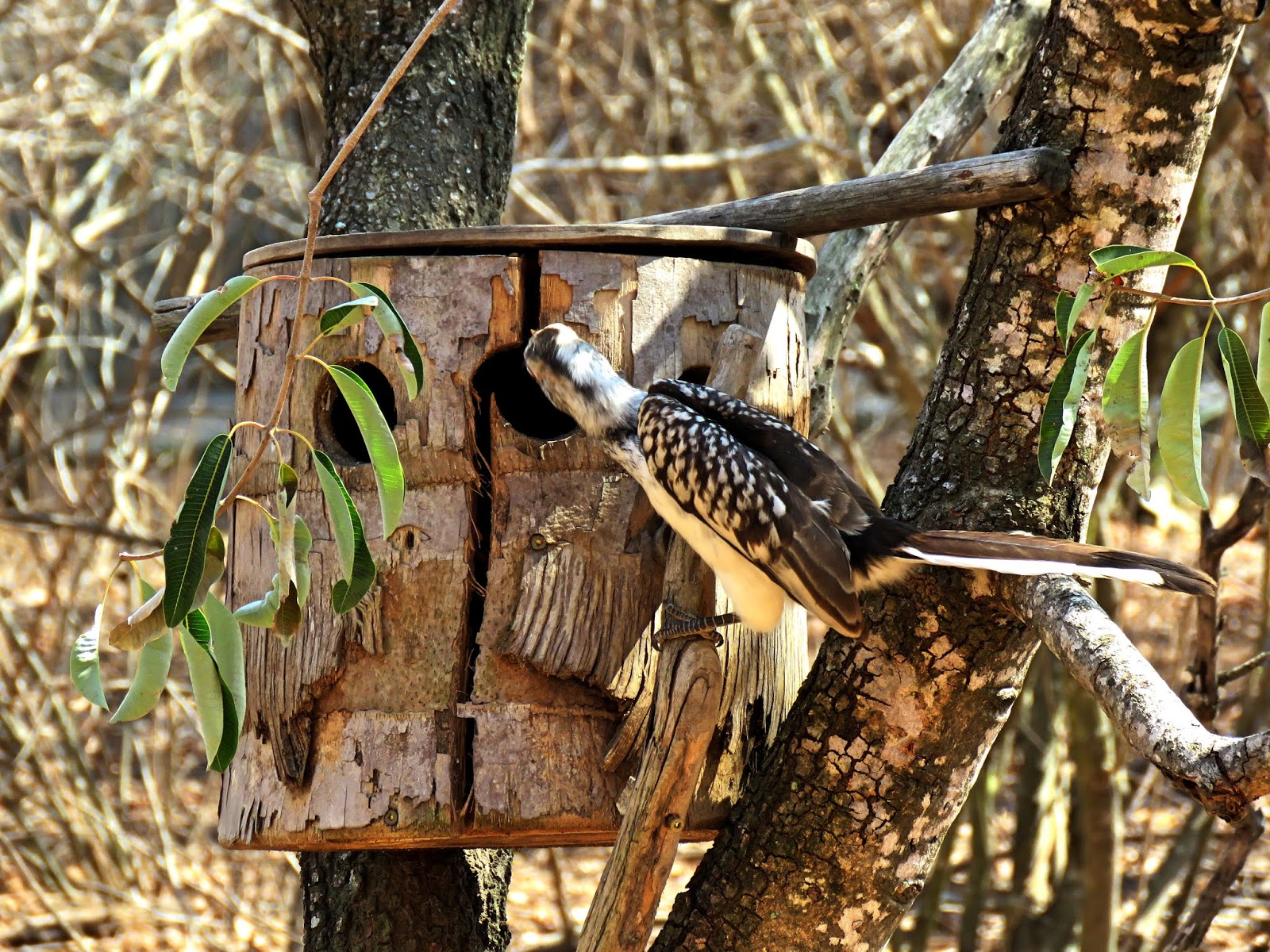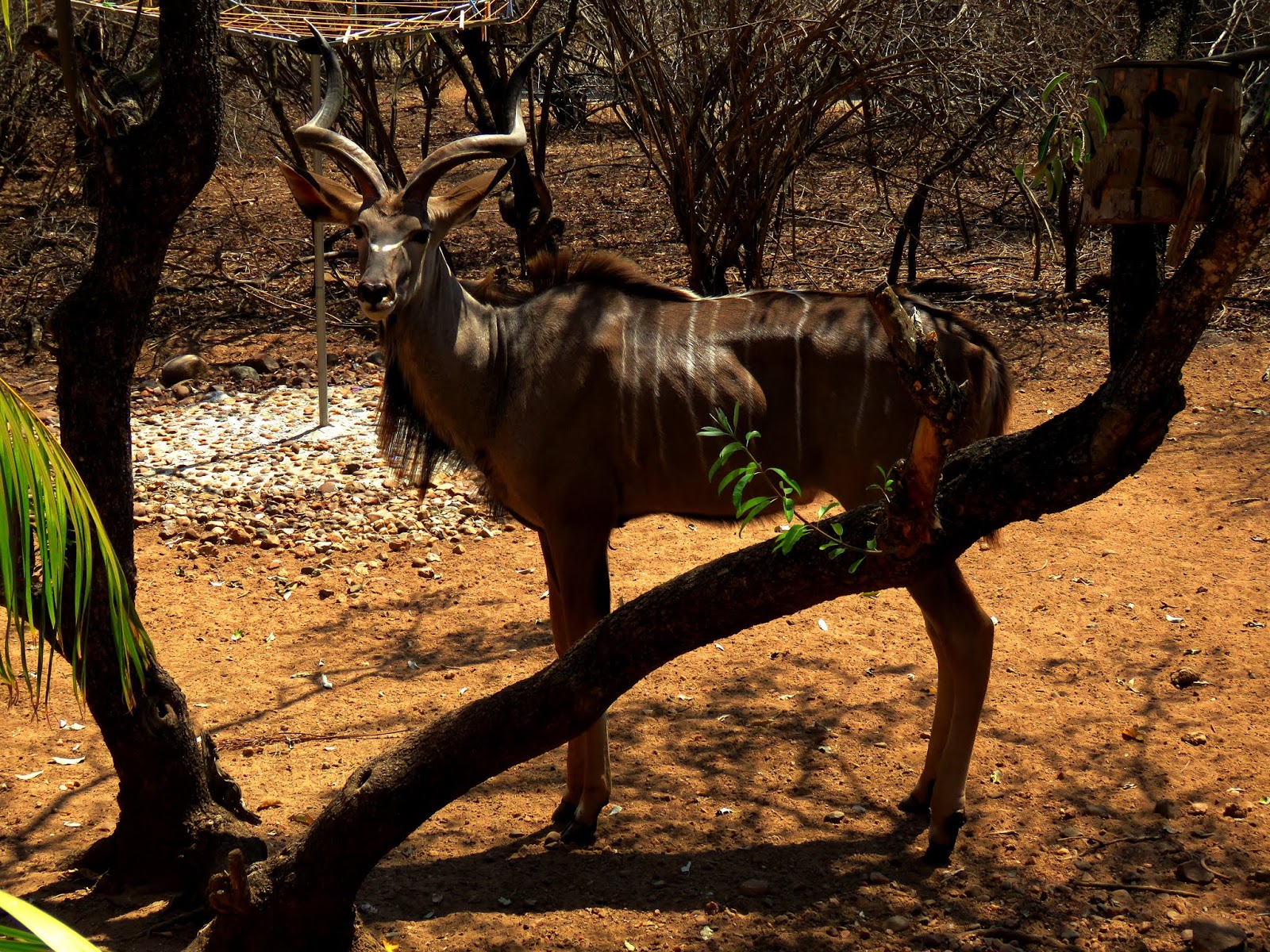“Sighting of the Day in the Bush”
 |
| A yellow-billed heron sitting atop the back of a hippo at Sunset Dam in Kruger National Park. |
Our trip to Kruger National Park a few days ago left us in a state of awe and wonder. Not only did “safari luck” befall us in several instances such as in the case of yesterday’s post highlighting a gorgeous cheetah but also in many other scenes we encountered that day.
If you missed yesterday’s post, please click here to see the stunning cheetah.
 |
| When we came upon this scene which was blocked by numerous vehicles we jockeyed for position to get a good enough spot for taking the above videos and sequential photos below. |
On the outrageously hot day with temps in the 42C (108F) range, nothing seemed more appealing than spending the better part of the day in airconditioned comfort in the little car. As long as we didn’t get a flat tire on the bumpy dirt roads, we’d be good for the day.
 |
| At first, we thought the baby was injured or ill but after reviewing our photos, taken in bright sun, we could see it was a newborn calf. |
By the way, we should mention here that other than stopping at various camps or restaurants nestled in guarded areas of the park, visitors are not allowed out of their vehicles. The exception would be of course, if one ran into mechanical difficulties with their mode of transportation.
However, in these cases, its required that the emergency number listed on the entrance-to-the-park-documents must be called promptly to gain assistance in any such occurrence. One doesn’t want to be outside their vehicle replacing a tire in the park.
 |
| The baby elephant, lying on the sand unable to stand. |
Actually, it’s dangerous to even have a hand, arm, or leg outside the vehicle for any reason. We are often shocked when we see self-driven vehicles with a passenger hanging outside the windows or sunroof. This is definitely the type of scenario that could attract a hungry lion, an angry cape buffalo, or a determined bull elephant.
 |
| Gently nudging and pushing the others assisted in getting the calf on her feet. |
Speaking of elephants, today’s story and photos are about an encounter we had on Tuesday at the Verhami Dam while heading to the park’s exit at the Crocodile Bridge. We’d already had a good day and weren’t expecting to see much more during the 4 kilometers (2.5 miles) return drive to the gate.
In the past Verhami Dam when it was less dry, this dam was an excellent location to spot considerable species. The fresh water in the dam was a huge attraction for elephants, giraffes, cape buffalos, and impalas.
 |
| The baby is finally on her feet with the help of the family. |
But now, almost completely dry for lack of rain over these past many months, we hadn’t seen a thing at the dam in our past several visits. As we approached the dam, we couldn’t help but become enthused when we noticed several cars lined up on one side of the road with passengers “hanging out windows” to get a better view.
The sun was bright and it was so hot, it was a challenge turning off the car and opening the windows. Shooting through glass is never our preference and we do so only when there’s a possible danger in opening the windows.
 |
| Female elephants don’t usually reproduce until they are 14 or 15 years old. |
But, we remained diligent awaiting the perfect opportunity to get into a good position to make a video and take photos as vehicles in front of us finally drifted away.
The intensity of the sun made it difficult to see what we were shooting but we fired away not knowing exactly what we were seeing until we returned to our holiday home in Marloth Park, uploaded the photos and video, and finally, it was clear…it was a newborn being assisted in standing for the very first time!
We couldn’t have been more thrilled to have witnessed this magical occurrence with the most loving and emotional animals on the planet..majestic elephants.
 |
| The baby isn’t quite sure where to nurse but she’s trying to figure it out. |
Yes, over and over again, on YouTube videos we’ve watched stunning scenes of elephants interacting with one another during times of crisis. But, to see it live firsthand was precious and we’re delighted to share it with our readers today.
Please, I implore you, watch the video. It will give you, as it did us, a chance to see a little further into the love and caring nature of these wild beasts. Enjoy, along with us!
More will follow tomorrow as we continued on our exceptional visit to Kruger National Park to which we’ll return again soon. We can’t ever seem to get enough!
Happy day to all!
Photo from one year ago today, September 20, 2017:
 |
| I walked through the archways in the topiary garden at Senor Scissorhands Topiary Garden in the small town of Zarcero, Costa Rica. For more of these photos, please click here. |







































































































